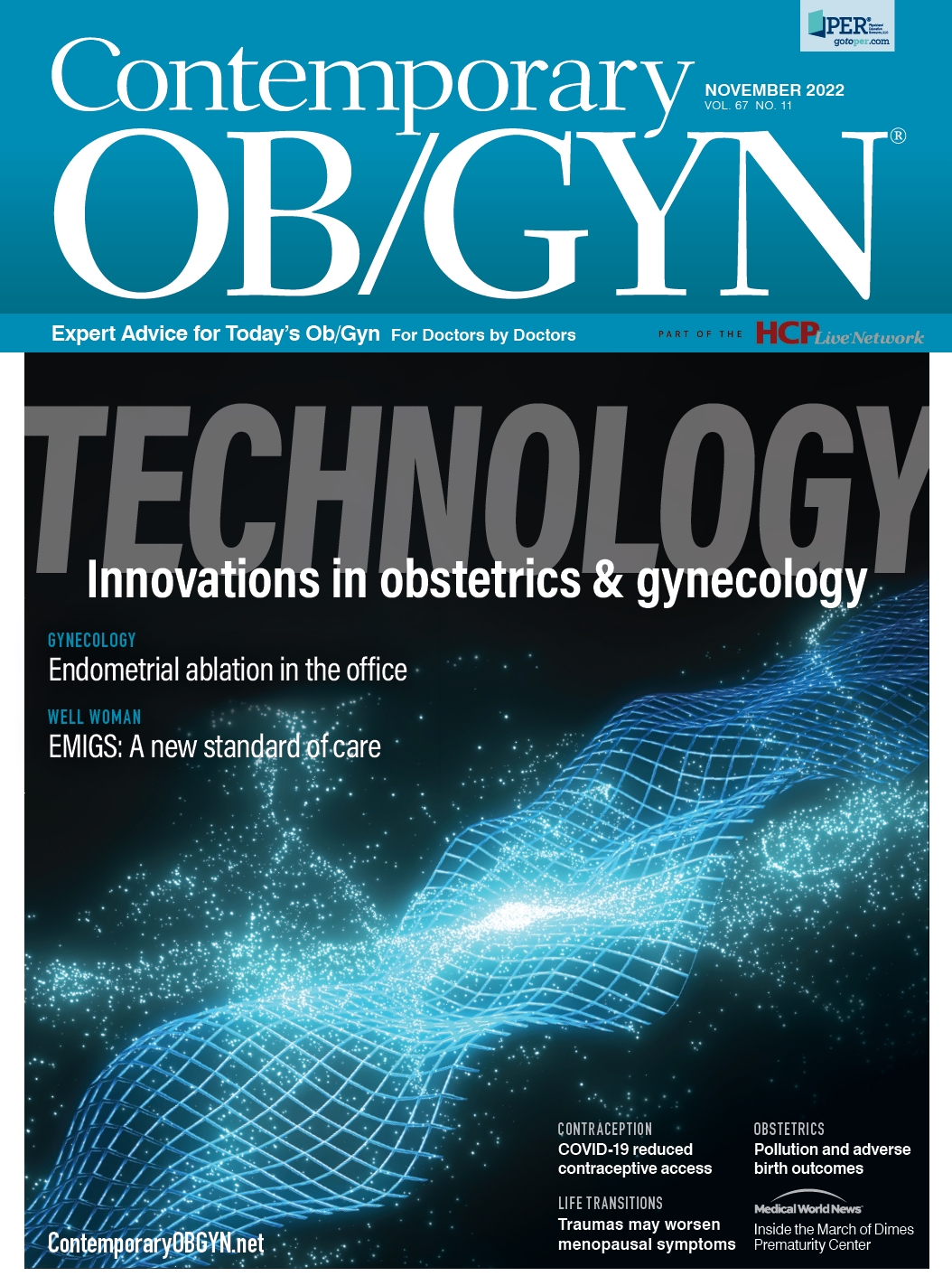Virtual IUD placement training improves clinician confidence
Practicing clinicians were highly impressed with an interactive, virtual intrauterine device (IUD) training model that increased their comfort with IUD placement and removal, according to a study published in the journal Family Medicine.
“The COVID-19 pandemic in spring 2020 precluded most in-person education, with new constraints on in-person teaching,” said the study’s co-author Suzan Goodman, MD, MPH, national training director for the Bixby Beyond the Pill Program at the University of California, San Francisco (UCSF), and clinical professor of family and community medicine at UCSF. “There was also patient demand for more streamlined service-delivery models to facilitate contraceptive care, especially in rural and geographically dispersed areas.”
The relative dearth of literature on virtual IUD training models also inspired the authors to initiate the study and meet the growing needs of the field.
The University of New Mexico Long-Acting Reversible Contraceptives Mentoring Program in Albuquerque, New Mexico—and UCSF—collaborated to develop the innovative, virtual hands-on IUD training model.
Prior to the virtual training, attendees watched a pre-training didactic video on patient eligibility and counseling and received in the mail a pelvic model, IUD demonstration kit, instruments, and a phone-camera tripod to support visualization of a model cervix and uterus.
A total of 34 New Mexico clinicians were trained, comprising a virtual session lasting 1.5 hours, from January to June 2021.1 the virtual session was conducted via 1-on-1 Zoom video or small group conferencing, during which time trainees practiced loading, placing, and removing all Food and Drug Administration (FDA)-approved IUDs, and reviewed challenging cases. The pelvic model and instruments were mailed back after training.
Surveys given to trainees before and immediately after training assessed clinician satisfaction and evaluated pre-to-post training changes in self-rated comfort level with IUD procedures.
Of the 32 trainees who responded to pre/post surveys, 48% were nurse practitioners and midwives, 28% physician assistants, 17% physicians and 7% clinicians-in-training. Overall, 37% of respondents had previous experience placing IUDs.
All elements of training delivery were highly rated by clinicians, with all trainees successfully using the virtual platform. Also, 50% indicated that in the future they would potentially choose virtual training over in-person.
After the training, clinicians reported significantly increased comfort with all aspects of IUD placement and removal (P ≤ 0.01).
In addition, all respondents said they would recommend the training to a colleague.
“While virtual trainings were highly rated and increased clinician comfort with IUD placement and removal, I was surprised that half said that they would choose a virtual training over an in-person option in the future,” Goodman told Contemporary OB/GYN®. “This is a much higher rate than I would have anticipated.”
She also found unexpected that none of the clinicians reported difficulty using the virtual platform and that findings were consistent, regardless of provider IUD experience.
“In the face of increasing legal constraints on reproductive care, it is ever more important that all providers serving patients with pregnancy potential offer the full range of contraceptive services, rather than having to further fragment patient care,” said Goodman. “However, it may be challenging for one trainer to work with more than three simultaneous virtual learners to effectively guide participants through hands-on procedures over Zoom.”
The virtual practicum has utility during phases of the on-going COVID-19 public health emergency, plus in geographically large and rural settings, according to Goodman. “Virtual IUD training is also helpful where there are high demands on clinician time to simplify logistics, such as easier scheduling and no travel time, and in settings facing reproductive health bans or patient surges,” she said.
Reference
- Sebastian RA, Robinson J, Rayburn E, et al. Virtual intrauterine device placement training improves clinician comfort. Fam Med. 2022;54(6):456-60.

Recap on reproductive rights with David Hackney, MD, MS
December 20th 2022In this episode of Pap Talk, we spoke with David Hackney, MD, MS, maternal-fetal medicine physician at Case Western Reserve University and chair of ACOG's Ohio chapter for a full recap of where restrictions on reproductive rights have been and where they're going.
Listen
In this episode of Pap Talk, Gloria Bachmann, MD, MSc, breaks down what it means to be a health care provider for incarcerated individuals, and explores the specific challenges women and their providers face during and after incarceration. Joined by sexual health expert Michael Krychman, MD, Bachmann also discusses trauma-informed care and how providers can get informed.
Listen
